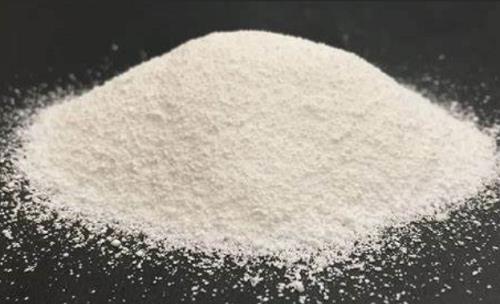Chemicals reagents are commonly referred to as reagent. It is a large class of pure chemical substances with various standard purities and can be used for education, scientific research, analysis and testing as well as the functional materials and raw materials required by some kinds of novel industrial materials. There is a large variety of chemical reagents and the number has reached hundreds of thousands in the world. There are also tens of thousands of reagents that have been used in daily life in china. There is still no uniform international rules in the classification methods for chemicals. It is customary divided by subject and actual application. Take the representative catalog issued by the Germany E • Merck Company as example, there are twelve categories and seventy categories while in most countries, it is divided with the scope of application. We divide the reagents into four categories. 1. General reagents: generally refers to inorganic reagents and organic reagents that can meet standard purity. It is often applied to scientific research, analysis and testing, and synthetic reaction and used as new materials. 2. Analysis Reagents: regent dedicated to analysis and test and can be divided into two subcategories: (1) Reagents for chemical analysis: testing items for the chemical reaction analysis. 1) Baseline Reagent: pure compound directly used for the standard solution in the formulation and volumetric analysis. 2) Indicator: it can be used to indicate the end of the titration reagent and can be classified into pH indicator, redox indicator adsorption indicator, metal indicator, a fluorescent indicator, and so on. (2) Regents for instrument analysis: high-purity compounds dedicated to instrumental analysis. 1) Spectroscopically pure reagents: spectroscopically pure compound, often expressed in the SP for spectral analysis reagents. 2) Chromatography pure reagents: reagents dedicated to analysis of gas chromatography and liquid chrom
2,2-Bis(3-amino-4-hydroxyphenyl)hexafluoropropane: For Functional Polyimide Synthesis and Material Modification
2,2-Bis(3-amino-4-hydroxyphenyl)hexafluorop forms polyimide membranes with gas selectivity and proton conductivity for fuel cells/microfiltration.
Jul 1,2025 Chemical ReagentsN,N-Dimethyltrimethylsilylamine:Uses,Preparation and Toxicity
N,N-Dimethyltrimethylsilylamine is stable under normal conditions. Moisture sensitive.
Jun 26,2025 Chemical ReagentsBenzyl Methacrylate: Versatile Monomer in Polymer Synthesis and Functional Materials
Benzyl methacrylate enhances oil absorbency in resins, forms π-π interactive monoliths for chromatography, and boosts Eu3? emission in polymer composites.
Jun 25,2025 Chemical ReagentsAsymmetric Catalysis and Biotransformation of 3'-(Trifluoromethyl)acetophenone for Chiral Synthesis
3'-(Trifluoromethyl)acetophenone undergoes asymmetric catalytic addition and biotransformation to synthesize chiral compounds for neuroprotective agents.
Jun 25,2025 Chemical Reagents1-Tetralone Derivatives: Anti-Inflammatory, MAO Inhibition, and Asymmetric Synthesis
1-Tetralone derivatives show anti-inflammatory activity via ROS inhibition, and are synthesized asymmetrically with remote quaternary stereocenters.
Jun 23,2025 Chemical ReagentsSynthesis, Applications, and Toxicological Implications of 9,9-Bis(4-hydroxyphenyl)fluorene
9,9-Bis(4-hydroxyphenyl)fluorene is used in high-performance polymer synthesis but raises concerns as a bisphenol A (BPA) substitute.
Jun 20,2025 Chemical ReagentsTetrabutylammonium Fluoride Trihydrate: Applications in Organic Synthesis and Cellulose Functionalization
Tetrabutylammonium fluoride trihydrate aids in mild linker cleavage for glycopeptide synthesis and enables efficient cellulose acetylation in DMSO.
Jun 17,2025 Chemical ReagentsVersatility and Applications of N,N,N',N'-Tetramethylazodicarboxamide
N,N,N',N'-Tetramethylazodicarboxamide (TMAD) shows greater versatility in the Mitsunobu reaction compared to traditional reagents.
Jun 11,2025 Chemical ReagentsIsosorbide Dimethyl Ether: Applications in Polymeric Particle Formulation and Its Properties in CO2 Medium
Isosorbide Dimethyl Ether (IDE) is a versatile compound used as a solvent for active ingredients in sunless tanning products and as a viscosity.
Jun 11,2025 Chemical ReagentsApplications and Synthetic Utility of Trifluoroacetamide
Trifluoroacetamide, a tryptophan fluorescence quencher, serves as a versatile tool in synthetic chemistry and biomedical research.
Jun 3,2025 Chemical Reagents












